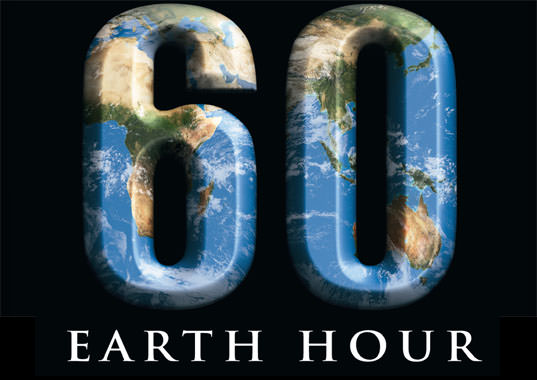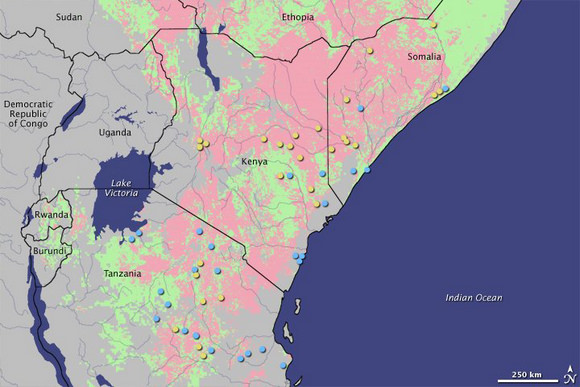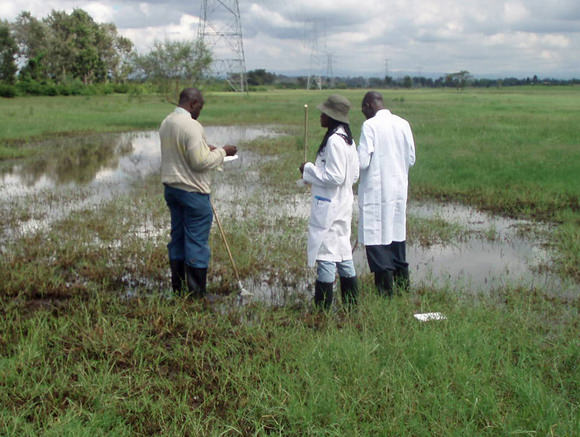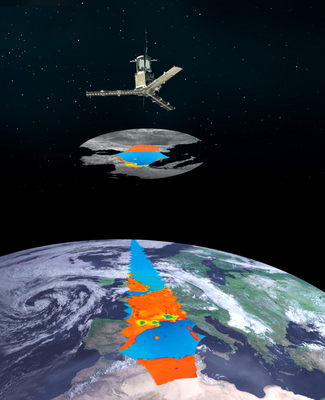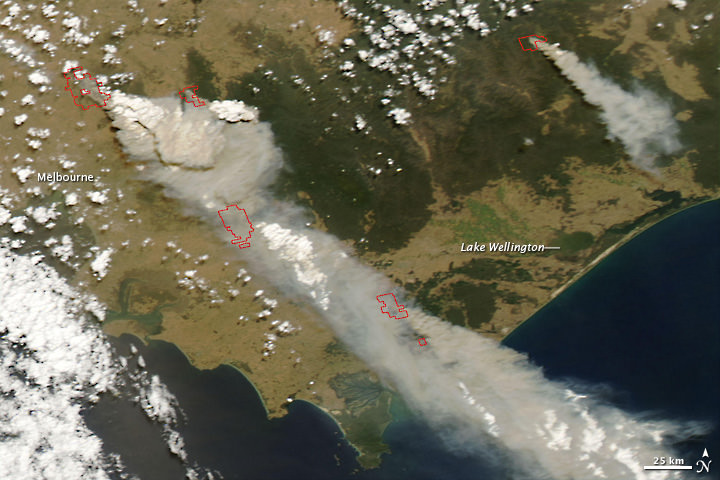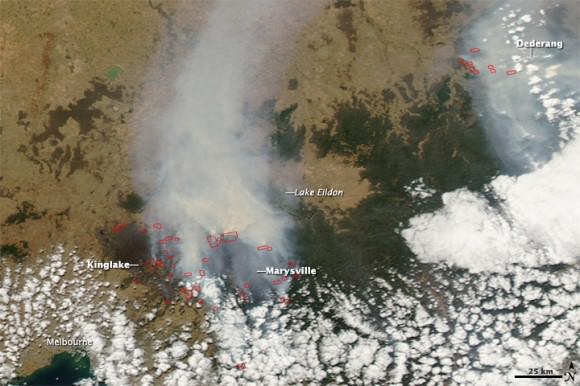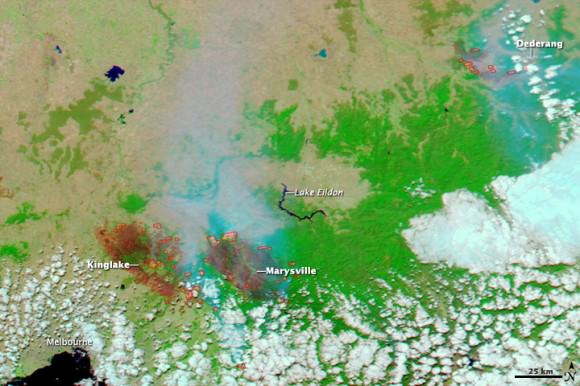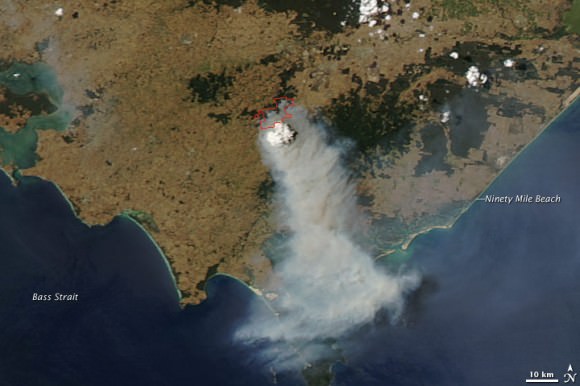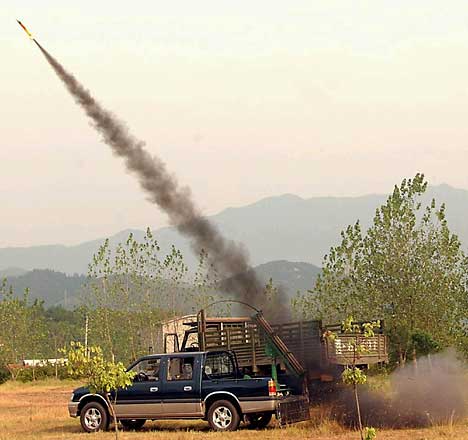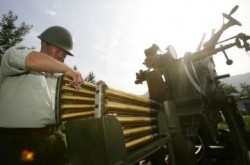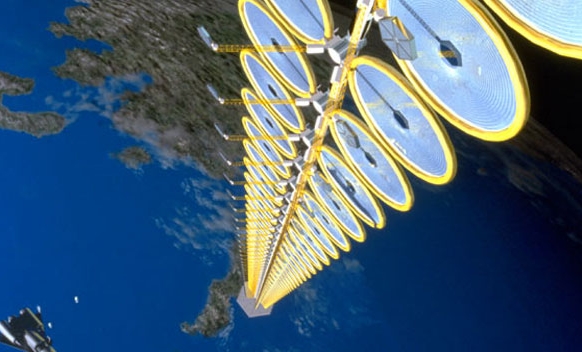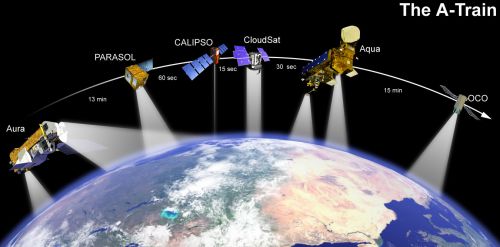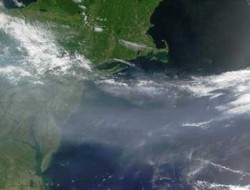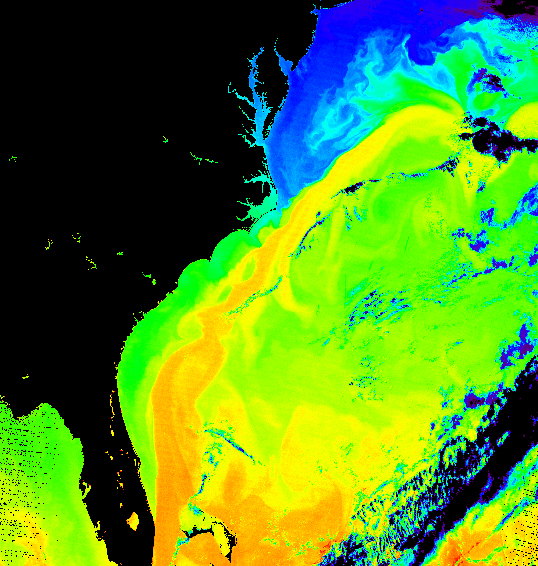With less than six weeks to go, more than 500 cities around the world have officially agreed to go dark in support of global action on climate change. On March 28, 2009 at 8:30 p.m., local time, World Wildlife Fund is asking individuals, businesses, governments and organizations around the world to turn off their lights for one hour — Earth Hour — to make a global statement of concern about climate change and to demonstrate their commitment to finding solutions. Step inside and find out how you can become a part of this historic event…
Wherever you happen to be in the world on March 28th at 8:30 p.m., you’re likely to find a city or community somewhere nearby that is making plans to turn out the lights for Earth Hour – a global goal of 1,000 cities! WWF’s initiative aims to increase awareness about climate change and demonstrate that people from all over the world care about the issue. “Climate change and what we do about it is going to transform the world much more rapidly than people realize.” say Richard Moss, Vice President and Managing Director for Climate Change. “It’s my goal to get us moving to a world we will want, not one we’ll regret leaving for our children and grandchildren.”
Before you start knocking “Earth Hour” as something that just won’t make a difference, take just a moment of your time and watch this, please…
And now, here are some highlights of what’s going on around Earth Hour 2009 as we count down the days…
NASHVILLE: Earth Hour launched in Music City with a musical press conference that included live performances by Nashville superstars pledging to turn out against climate change.
THE STARS AND STRIPES ARE ALIGNING: Houston, TX; Santa Rosa, CA; St Louis, MO; Sarasota, FL; Minneapolis, MN; and Valdosta, GA signed up to be part of Earth Hour 2009. They join Atlanta, Chicago, Dallas, Las Vegas, Los Angeles, Miami, Nashville, New York City and San Francisco.
NOBEL PEACE PRIZE WINNER ARCHBISHOP DESMOND TUTU ANNOUNCES HIS SUPPORT: “Climate change is the greatest human induced crisis facing the world today. It is totally indiscriminate of race, culture and religion. It affects every human being on the planet. Earth Hour is an opportunity for every man, woman and child from all corners of the globe to come together with a united voice and make a loud and powerful statement on the issue of climate change.”
BACK TO MY OLD SCHOOL: The University of Miami became the first American campus to officially sign up to turn off, but was quickly joined by Michigan State, University of Nevada, Las Vegas, University of Virginia, Belmont, Columbia, Ohio University, Howard University, Georgia Tech, Northwestern, Spellman, University of Missouri, St. Louis and Vanderbilt.
I GOT THE POWER: 10,000 college students from across the nation will converge on Washington DC on February 27–March 2 for Power Shift ’09, asking for “bold, comprehensive and immediate federal climate action.” Earth Hour Project Director Meg Pearce and Campus Organizer Sophie Latham will be there holding a special session on how to be part of Earth Hour 2009, the largest global climate event in history.
CITY OF LIGHTS TO TURN LIGHTS OFF IN SUPPORT OF WWF’S EARTH HOUR 2009: Paris—known as the City of Lights—will lead a list of 28 cities and towns across France that have committed to join the world in making a visual vote for decisive action on climate change by turning off their lights for one hour during Earth Hour 2009 on March 28th.
LAS VEGAS FLICKS THE SWITCH FOR EARTH HOUR 2009: Officials from World Wildlife Fund joined Clark County, Nevada Commissioner Lawrence Weekly, City of Las Vegas Mayor Oscar B. Goodman and City of Henderson Mayor James B. Gibson at the iconic “Welcome to Fabulous Las Vegas” sign to officially kick off the Las Vegas Valley’s participation in Earth Hour–a global event calling for action on climate change.
For now? Be sure to visit the Earth Hour website, where you can sign up to show your support and find all kinds of wonderful tools and ideas on how to motivate your community, school, family and friends to pledge just one hour of their time to darkness and become part of this global event.
Don’t forget to mark your calendar…Earth Hour is March 28, 2009, at 8:30 pm. Be there with us when the lights go out…

